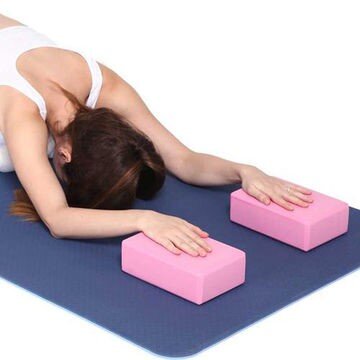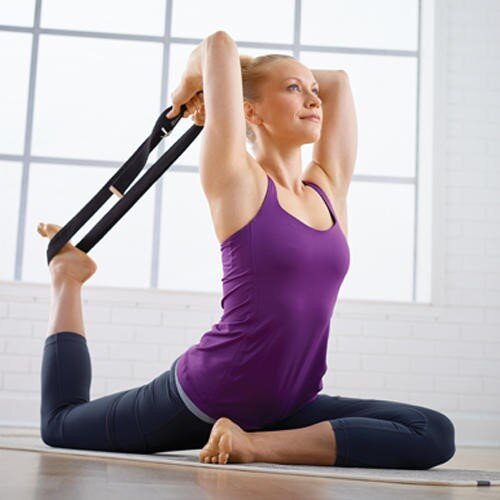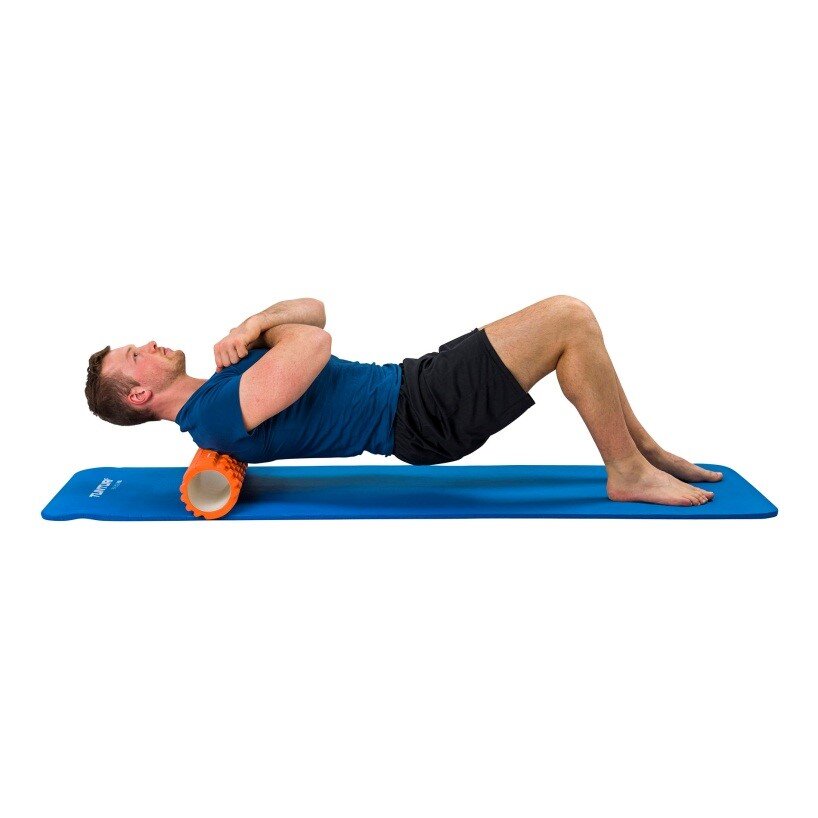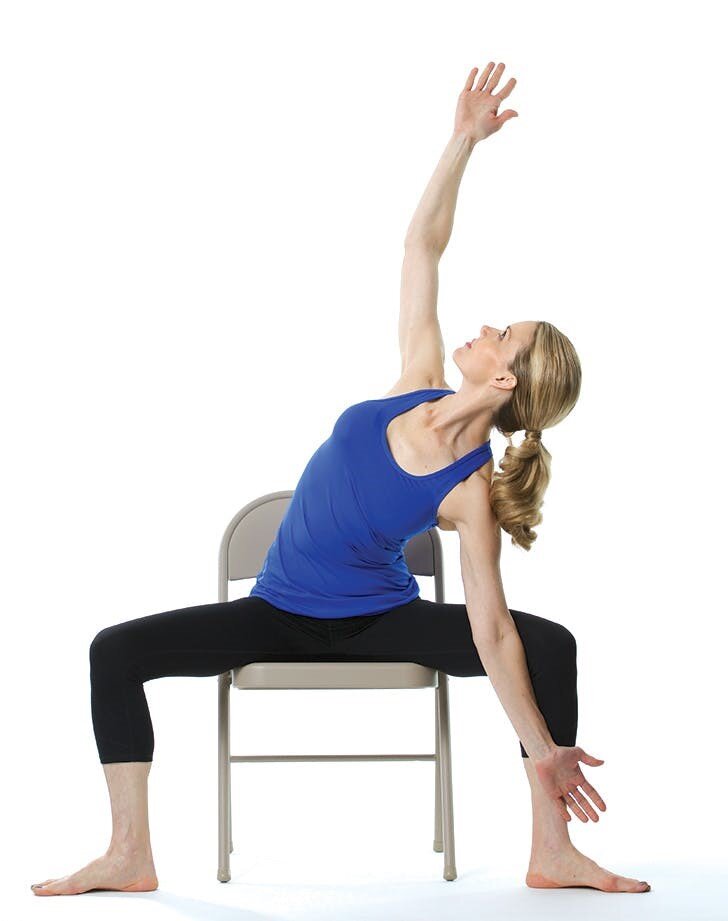Your journey with yoga is lifelong, and the tutor who leads you on it is an important part of that journey. They will ask you to do things with your body that you have never done before, and you must have complete confidence in their ability to teach you safely while still pushing you outside your comfort zone.
Of course, the concept and criteria of a good teacher can vary from the person to person, but there are a few steps you can take to narrow the area.
Today we will be discussing on some key aspects of finding the best yoga trainer for you:
1) Research: Today you will come across many yoga schools, and selecting one yoga studio is not much of a difficult task. But finding a good trainer takes a little time. So while searching for your yoga schools also look for the teachers available, go to their website and research a little bit on the list of trainers the school has.
2) Look for their Qualification: Once you have selected your yoga studio, go and thoroughly check for the trainers’ qualification. You can also get an insight through their social media sites. A little research will definitely have an impact on you while finalizing your trainer. Find out what kind of training he or she went through and if they continue to study with their own teachers.
3.) Look for their style: You must be influenced by your yoga teacher's practice in order to really be inspired by them. Of course, as teachers grow older, their bodies may not be able to do the super jazzy poses, but you can tell whether a teacher's practice is inherent or not by looking at their poses.
4.) Are you really learning: Do you feel like you're gaining knowledge from them and improving gradually. You want to know that you're making progress toward your goals, whether they're spiritual, physical, or emotional. The ideal teacher for you is one who will accompany you on your journey.
5) Friendly: Look for a trainer who is approachable. It's important to find a teacher who makes you feel at ease and who makes it simple to approach them with questions. A instructor who arrives early, greets his or her students, and remains a few minutes after class to answer questions demonstrates that he or she cares for his or her students and is willing to assist them. Someone who rushes in right when class begins and rushes out right when it ends may not be the most approachable individual, and you may find that the instructor isn't available to talk about anything or clarify something learned in class.
6) Are you satisfied: Do they tell you the things you want to know? If the teacher you've selected isn't teaching the poses you're interested in, he or she isn't the best fit for you. The bottom line is that if she teaches a vigorous hot yoga class and you adore a soothing restorative class, she isn't the right fit for you. It's important to think about what the instructor does in class. If you're interested in philosophy and chanting but your yoga instructor only offers a 60-minute asana (or posture) session, you should look for another teacher.
7) Do you feel inspired? Good teachers guide you into the edge — the point where you're challenged but still safe — rather than pushing you over it. They will lead you through your practice so that you leave feeling uplifted, inspired, and happier than when you first arrived.
Don't give up if you haven't yet met a teacher that speaks to you. He or she is just a few steps away. Remember that the best yoga instructor for you is the one with whom you communicate and who you enjoy learning from.
Also, Dragonfly Studio offers some of the best professional, trained and qualified yoga trainers. So what’s holding you back? Just trust your instincts and welcome onboard.
Nida Zakaria











